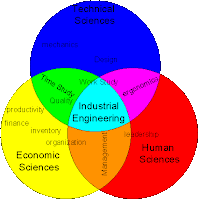Poka-Yoke is fool proofing, which is the basis of the Zero Quality Control (ZQC) approach, which is a technique for avoiding and eliminating mistakes. Generally this technique is used in manufacturing process but has much wider uses, such as; offices - order and invoice processing, hospitals - drug dispensing, aircraft maintenance - particularly with processes having the potential of inducing catastrophic in-service failures.
The term Poka-Yoke is Japanese and can roughly be translated as mistake or fool proofing. It is derived from ‘Poka’ - inadvertent mistake and ‘yoke’ - avoid. Of course, the concept of fool proofing processes and mechanical devises has been around for many years (e.g. see photographs of floppy disk drive and electrical plugs) but is was the Japanese Matsushita Industrial Engineer Dr. Shigeo Shingo who was probably most prominent and influential in developing it into a technique. He turned the idea into a powerful approach for eliminating mistakes and achieving zero defects. Dr. Shingo used the phrase "error avoidance", as he recognised that people, or more specifically Japanese workers, may take offence at the term fool, particularly when associated with mistakes. This is especially important when considering the technique and approach requires the workers active participation in the error cause removal programme. Note, error cause removal and zero defects are phases first used by Philip Crosby but the approach is very different and should not be confused.
Refference: http://www.poka-yoke.org.uk/





